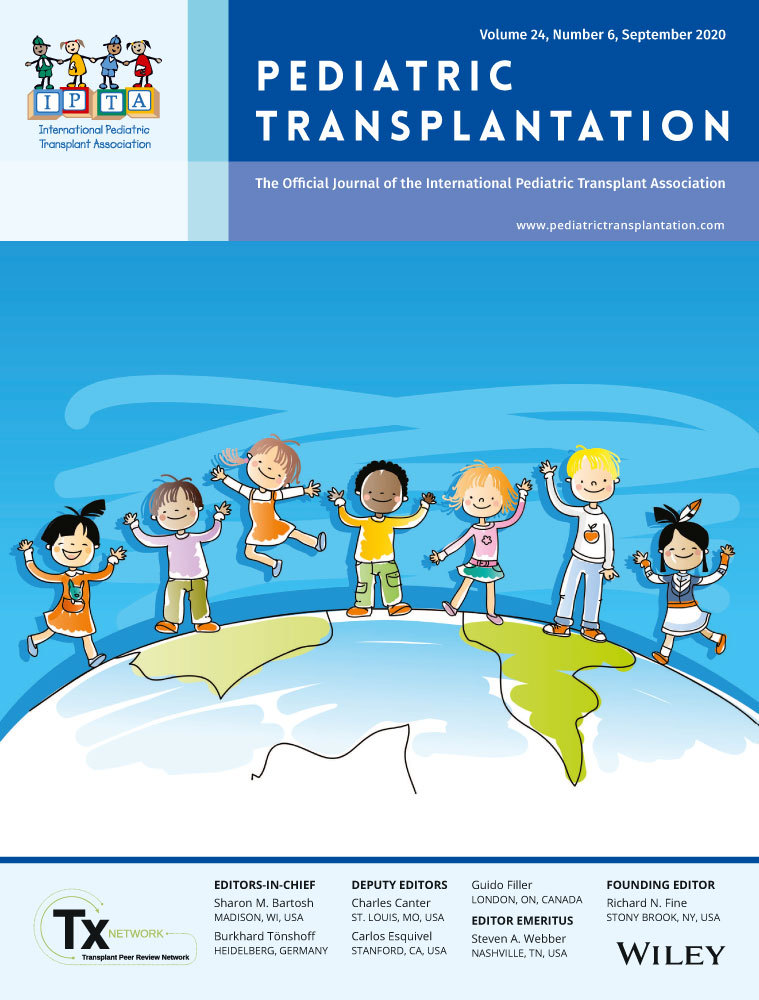Frequency of asymptomatic and symptomatic respiratory virus detection in pediatric hematopoietic cell transplant patients
Funding information
This work was funded through a Young Investigator Award from Children's Mercy Kansas City (JES).
Abstract
Respiratory viral infections are common and can cause significant morbidity and mortality in pediatric patients undergoing hematopoietic cell transplantation (HCT). The prevalence of disease has been primarily identified from retrospective studies using standard-of-care specimens. The incidence of both asymptomatic respiratory viral detection and symptomatic respiratory viral detection in this high-risk population is not well described. We performed longitudinal, active, prospective surveillance in pediatric HCT patients. Subjects underwent weekly midturbinate swabs (MTSs) for the detection of 18 respiratory viruses and subtypes peri-HCT and 100 days post-HCT. Clinical data were obtained from the medical record. From September 2015 to February 2017, 24 children underwent 29 HCT, and 284 MTSs were collected. Forty-two (15%) specimens were virus-positive from 10 (42%) subjects. Specimens from children undergoing allogeneic HCT were more likely to have a virus detected (17% vs 8%, P = .04) compared with specimens from children undergoing autologous HCT. Sixteen (38%) detections were not associated with symptoms. Almost half (8/17) of the unique viral infections occurred during the HCT hospitalization after a negative specimen, suggesting nosocomial acquisition, and preceded detection from a clinical specimen. Rhinovirus, the most common virus detected, was the only virus detected in 33 (81%) virus-positive specimens; only 11 (33%) rhinovirus detections were asymptomatic. Asymptomatic detection of coronavirus and bocavirus occurred. Asymptomatic respiratory virus detection occurred in more than one-third of the children undergoing HCT. The acquisition of respiratory viruses during HCT hospitalization suggests nosocomial acquisition. Early detection of respiratory viruses during asymptomatic periods could have infection prevention and treatment implications.
CONFLICT OF INTEREST
The authors have no relevant conflicts of interest to disclose.




